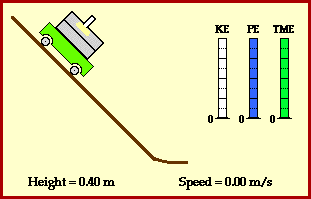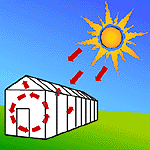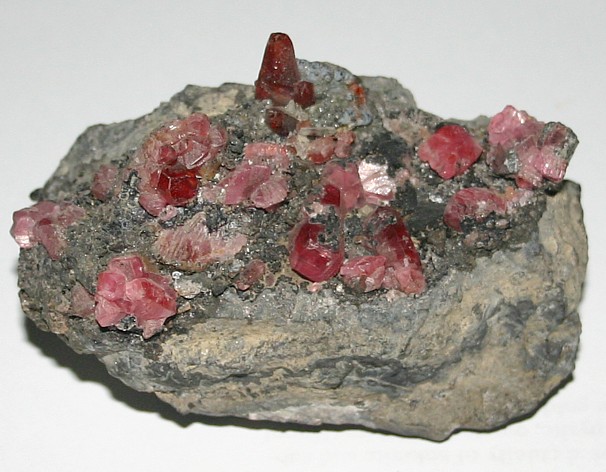Changes in playgrounds have been made to increase safety, but is it really beneficial for American children? Parents, and manufacturers, are concerned about the safety of children at the playground, and many new additions have been made to enforce this. These changes include shorter slides, enclosed platforms, and rubber or woodchip replacements for the pavements. Although it seems like fewer injuries are occurring, the children could be becoming damaged physiologically. The playground used to be a place to learn and encounter and conquer fears, but without those exciting heights, those fears may come back during later life. Even though children may fail and injure themselves, the fear is over because the worse case scenario has already happened. Also, studies have been proven to show that children, who fall and injure themselves at an early age, have a lesser chance of developing a fear of heights in their later teenage years. According to Dr. Sandester, children use the same progressive techniques developed by therapists to help adults confront their phobias. Adults fear small injuries, and take precautions to prevent their kids from getting hurt. However, not being exposed to these harmless injuries can cause children to be more fearful. Manufacturers as well are concerned about playground safety, but because of a fear of lawsuits. However, the safety precautions made are capable of causing more wounds. For example, the new soft surfaces increased the risk of long fractures in the arm, as noted by Dr. David Ball (a professor and Middlesex University in London). Another damaging change is the reduced height of playground equipment. Although this addition is beneficial for toddlers, it has a different affect for children the age of 10. Without the exciting heights, older children are not motivated to partake in healthy exercise outside, or may resort to exploring dangerous places. More changes in playground equipment in New York include removal of seesaws, merry-go-rounds, tire swings, and ropes that led from one platform to another. Although these familiar structures have been removed, they are being replaced by more creative gear like climbing walls with artificial rocks. Whatever fears adults may have, the dangerous situations are overshadowed by the accomplishment of conquering fears and developing a sense of mastery.
“It’s fun,” she said. “I’d like to see it in our playground. Why not? It’s kind of dangerous, I know, but if you just think about danger you’re never going to get ahead in life.”- Nayelis Serrano, 10-year-old from the South Bronx
















